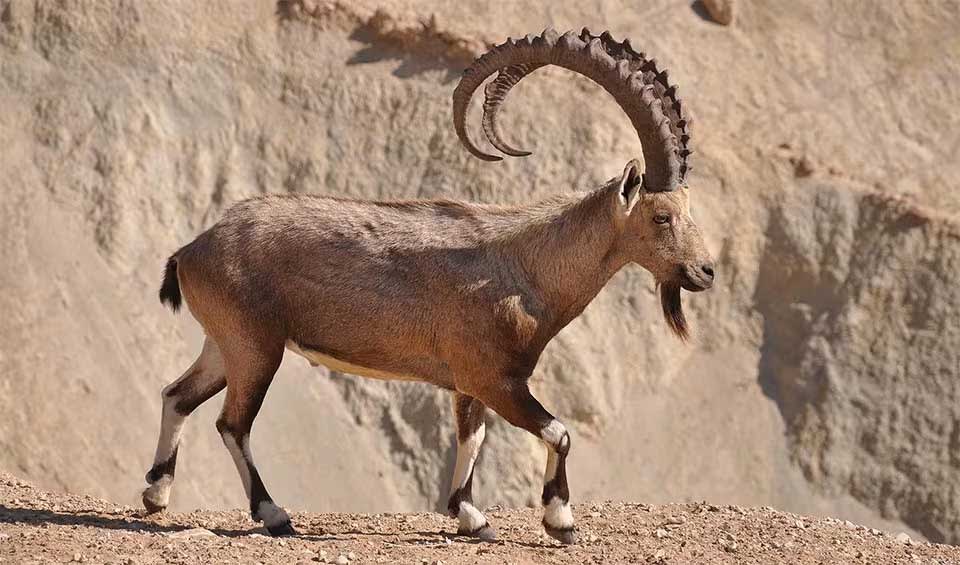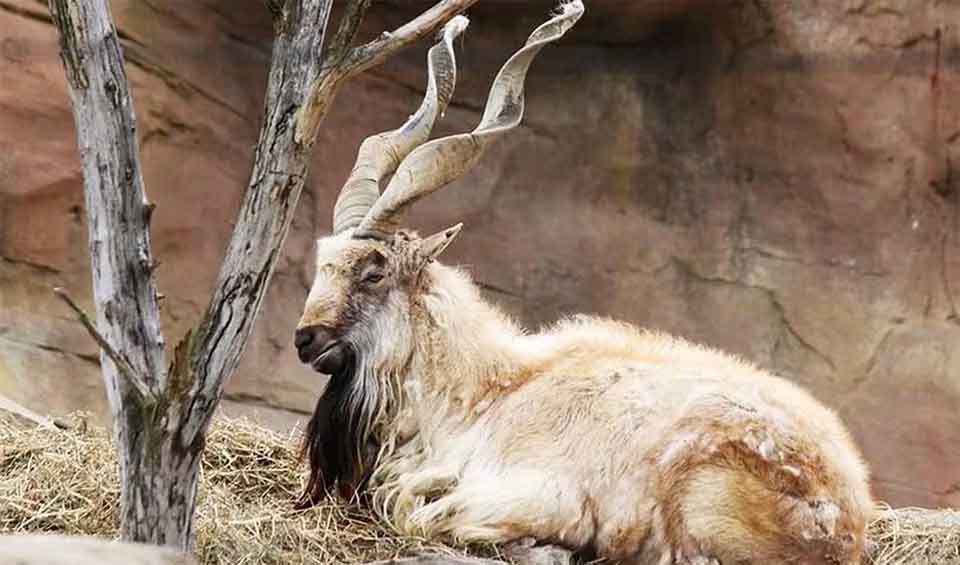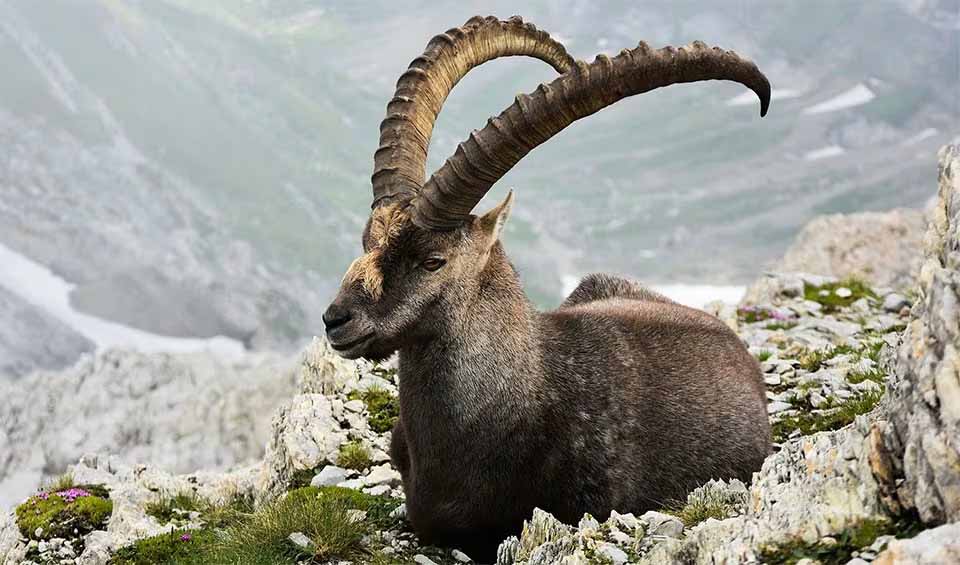Capra – Goats & ibexes
These talented climbers inhabit steep mountains; the genus also includes the domestic goat
This genus encompasses a diverse array of goats, ranging from the familiar domesticated goats that have been companions to humans for thousands of years to the majestic wild goats, turs, and ibexes that inhabit some of the most rugged terrains on Earth. Members of this genus are renowned for their adaptability, resilience, and remarkable agility, allowing them to navigate steep and rocky mountain habitats easily.
Wild goats, such as the iconic Alpine ibex (Capra ibex) and the Nubian ibex (Capra nubiana), are symbolic of the incredible hardiness and climbing prowess characteristic of the Capra species. These animals have evolved to thrive in high-altitude environments, where they gracefully scale steep cliffs and ledges in search of sparse vegetation that makes up their diet. Their hooves have a concave underside that creates a suction-cup effect, providing traction on sheer surfaces, while their strong and muscular legs enable them to leap and climb with astonishing precision.
The domesticated goat (Capra hircus) is one of the oldest known livestock species. It was domesticated from the wild bezoar goat (Capra aegagrus) approximately 10,000 years ago. Domestic goats have been bred for various purposes, including their meat, milk, fur, and hide, and they play a crucial role in agricultural and pastoral societies around the globe. Their versatility and ease of care have made them invaluable assets to communities, particularly in harsh environments where other livestock may not thrive.
Despite the widespread distribution and ecological significance of Capra species, many are facing critical threats to their survival. For example, the Iberian ibex (Capra pyrenaica) and Alpine ibex have seen their populations impacted by habitat loss, hunting, and competition with domestic and feral livestock for resources. Illegal wildlife trade and poaching for body parts, such as horns, which are often used in traditional medicine or as trophies, further exacerbate the pressures on these species.
Species in this genus
Nubian ibex
Newborns are fully developed and capable of running and jumping within a day after their birth
Markhor
The largest of all goats and Pakistan’s national animal
Siberian ibex
An incredible climber — it can scale almost vertical cliffs and jump across wide gaps with ease
Alpine ibex
Meet the model for the Sagittarius sign in the zodiac!
Domestic goat
Goats are social animals and become depressed if kept alone





